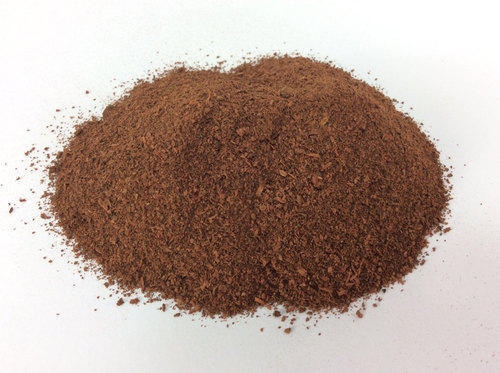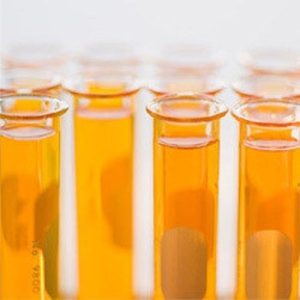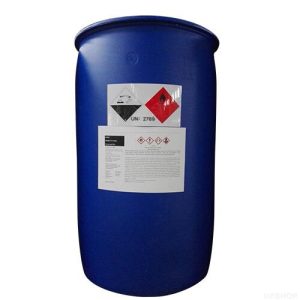Cobalt Carbonate: A Valuable Compound for Various Industries
Cobalt Carbonate plays a crucial role in multiple industries, including ceramics, animal feed, and battery production. This inorganic compound, known for its pink to red crystalline appearance, serves as a vital source of cobalt in various applications.
Properties of Cobalt Carbonate
- Chemical Formula: CoCO₃
- Appearance: Pink to red crystalline powder
- Solubility: Insoluble in water, soluble in acids
- Stability: Stable under normal conditions but decomposes when heated
Applications of Cobalt Carbonate
Ceramics and Pigments
Cobalt Carbonate is widely used in ceramics and glass manufacturing. It provides rich blue hues when mixed with glazes and fired at high temperatures. Additionally, it enhances the durability and aesthetic appeal of ceramic products.
Animal Feed Additive
Farmers and animal nutritionists rely on it as an essential micronutrient for livestock. It plays a key role in vitamin B12 synthesis, which is necessary for proper metabolism and overall animal health. By supplementing feed with Cobalt Carbonate, farmers can improve the growth and well-being of their livestock.
Battery and Electronics Industry
As the demand for rechargeable batteries rises, This chemical remains a crucial component in lithium-ion battery production. It acts as a precursor in the synthesis of cobalt-based battery materials, contributing to better energy storage and battery performance.
Catalysts and Chemical Reactions
Industries use it as a catalyst in chemical processes, particularly in hydrogenation reactions. Its role in these reactions helps improve efficiency and productivity in various industrial applications.
Health and Safety Considerations
It is safe for industrial and agricultural use when handled correctly. However, prolonged exposure to dust or inhalation should be minimized to prevent respiratory irritation. Proper storage and safety measures ensure its effective and secure usage.
Conclusion
Cobalt Carbonate’s versatility makes it an essential compound in ceramics, animal nutrition, battery technology, and industrial catalysts. Its unique properties and wide range of applications continue to drive demand across various industries.




